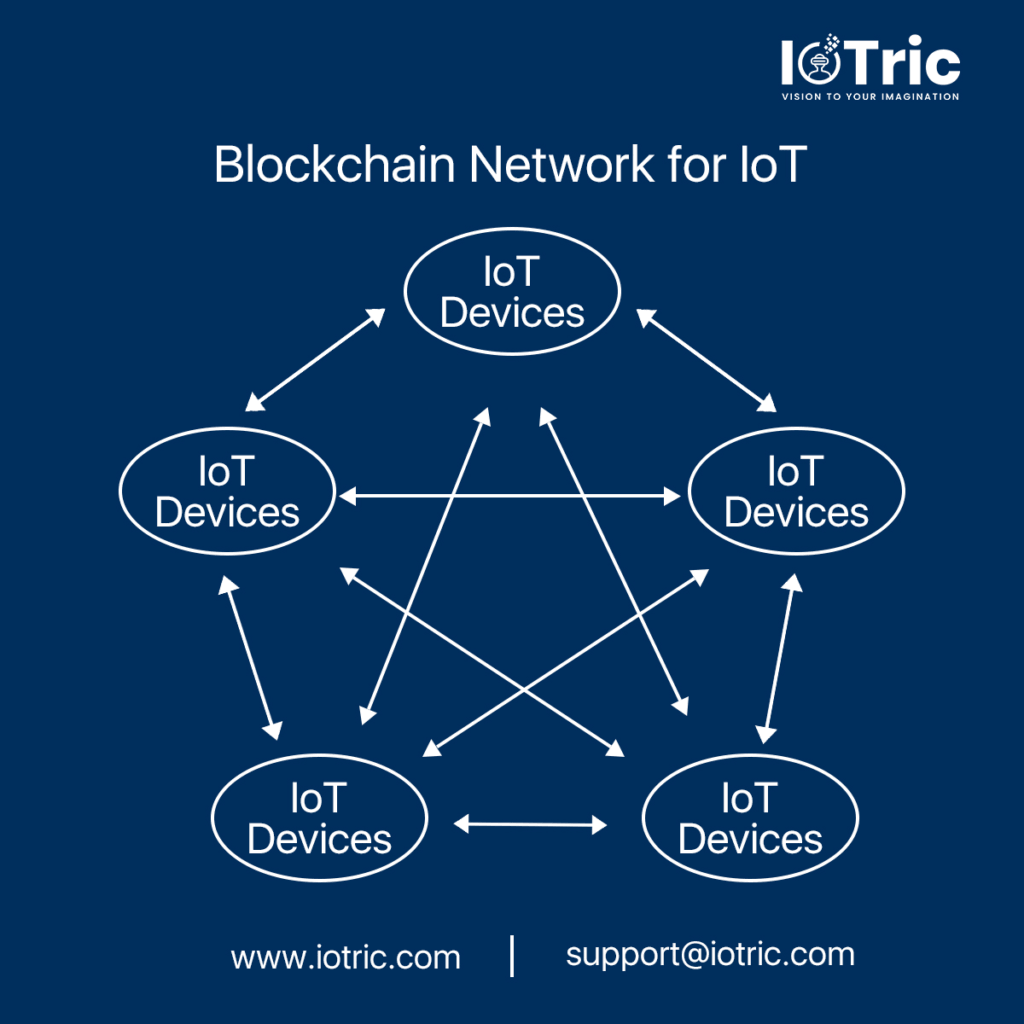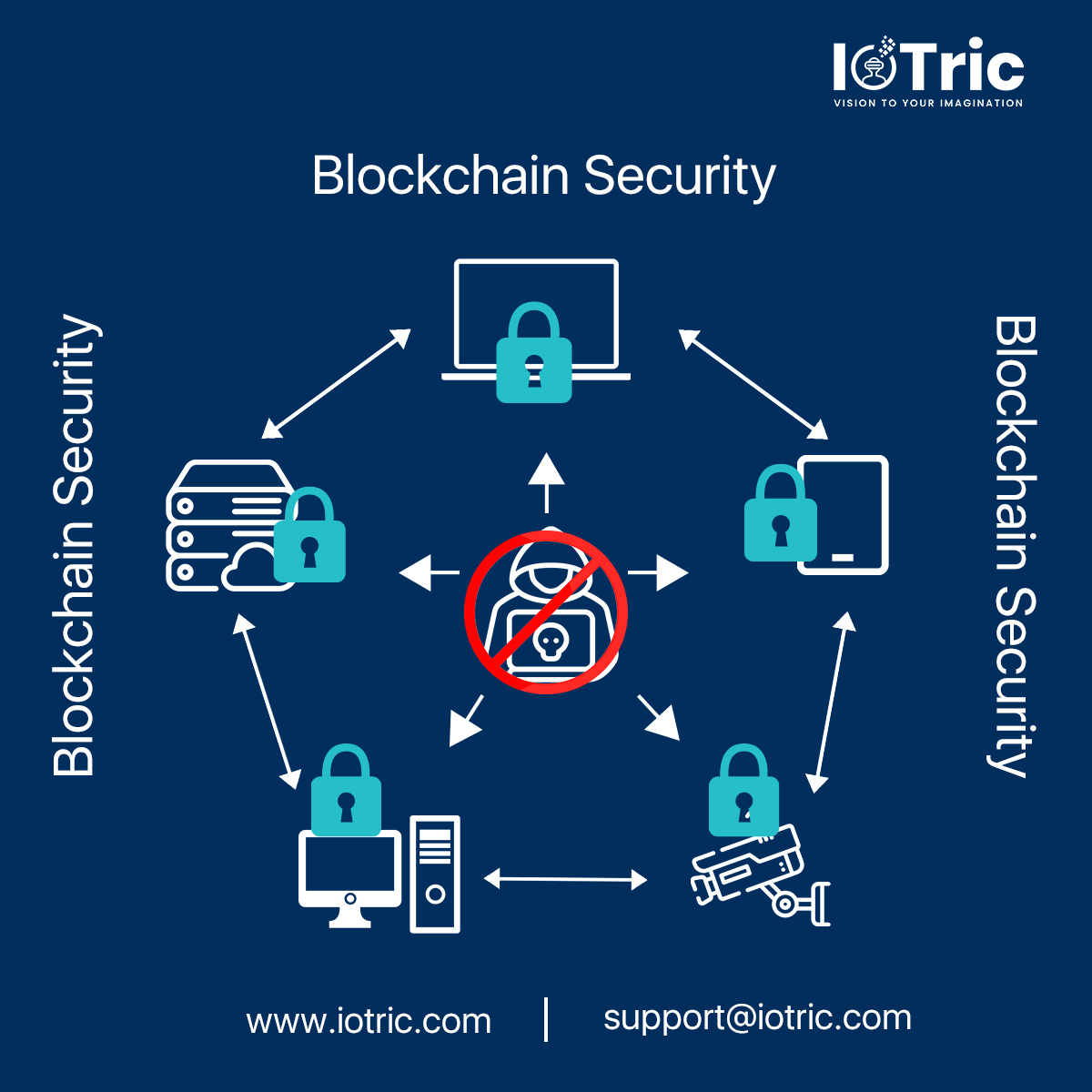Blockchain Technology
How blockchain is a game-changer technology for ‘IoT’?

Blockchain technology has the potential to revolutionize IoT security with advanced mechanisms.
Introduction
In the current era of Industry Revolution 4.0, the ‘Internet of Things’ (IoT) is going to influence almost all day-to-day activities. However, the increasing inclusion of IoT in our lifestyle leads to an increasing threat of being misused. Thus, there is an urgent need to secure IoT devices from cyber threats that can protect homes’ and businesses’ data from being transformed, exposed, and misused. There is a wide range of technologies existing in the market to incorporate IoT security but the blockchain is an emerging solution. It is potent to create more secure IoT systems in the upcoming time.
What is Blockchain?
Blockchain is the technology to record information as a digital ledger of transactions that is duplicated and distributed across a network of computer systems. It is a shared and immutable ledger to facilitate the process of recording and tracking transactions and assets respectively throughout the network. Along with this, it binds the data with a very strong crypto mechanism that is not easy to be tracked or tampered with by illegitimate users.
How it is a game-changer for IoT security?
IoT is a loosely coupled system of multiple heterogeneous and homogenous devices with the power to sense, process, and network capabilities. Blockchain can transform the security aspects of IoT in the following three patterns:
Secure communication
Blockchain can ensure secure communication over IoT network by performing three fundamental functions including
1. Autonomous coordination with device
2. Peer-to-peer data exchange
3. Distributed data sharing
Blockchain nodes within an IoT network can be used to validate the transactions through mining; such nodes may include personal computers, cloud-based nodes, or enterprise servers. While IoT devices are clients that do not store the distributed ledger and create transactions that are relayed to blockchain nodes to process and store data into the distributed ledger. The block of blockchain clients interacts with each other through APIs. HTTP REST APIs can be used for communication between blockchain and IoT that are specific for every node of blockchain.

Sometimes, IoT devices communicate with each other to exchange data required for transaction processing and store it in a ledger. The ledgers can also be used to store encryption keys for the exchange of more confidential data. The IoT devices that send an encrypted message using the public key of the destination device, are stored in the blockchain network. The message sender will ask for the public key of the receiver from the distributed ledger what will be used to encrypt the message using the key of the receiver. It is the only way to decrypt the sent message using the private key.
User Authentication
The sender will sign the message before sending them to other devices and the receiver devices get the public key from the ledger to verify the digital signature of the received message. The digital signature works as
· Sender calculates the hash key message.
· Encrypt the message using the private key.
· Digital signature is transmitted along with the message.
· Then, the receiver decrypts the digital signature using the sender’s public key stored in the ledger for obtaining hash value but calculated by the sender.
· If the calculated and obtained hash of the message are the same, then the message is valid.
· If the digital signature of each message, stored in the ledger, the trust for the retrieved messages is improved.

Legitimation of large scale IoT
An IoT network with millions of IoT devices experiences a challenge related to the discovery of illegitimate devices. To ensure this, the credentials must be installed on the device during setup. There should be a safe process that could be part of the blockchain to generate such credentials. Along with this, credentials could be given to the IoT device owner what initialize the device enrolment process into security services to get credentials for IoT.
Use Case
For an instance, blockchain can secure the IoT network through a decentralized system with a single authority that can approve any transaction. Each device of the network will have a copy of the growing chain of data. Whenever any device will try to access the data, then all the members of the network must validate it first. After data access request validation, the user performed transaction will be stored in a block and sent to all the nodes across the network. It will make sure that IoT system is secure from unauthorized access and security breaches.
Conclusion
In conclusion, it has been identified that blockchain technology can incorporate a more secure and entrusted IoT model with high-end hardware requirements. IoT is not going to be a full member of the blockchain network but IoT is going to be benefitted definitely from the functionalities of blockchain through offered APIs by the nodes of the network. It can ensure more secure data transmission between interconnected devices of IoT network. Thus, blockchain is proposed as an emergent solution for IoT security.